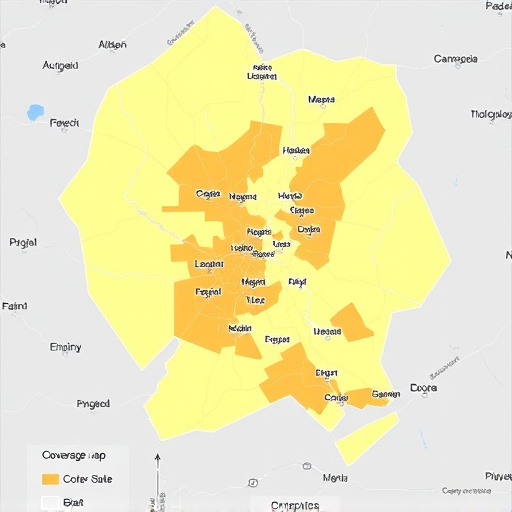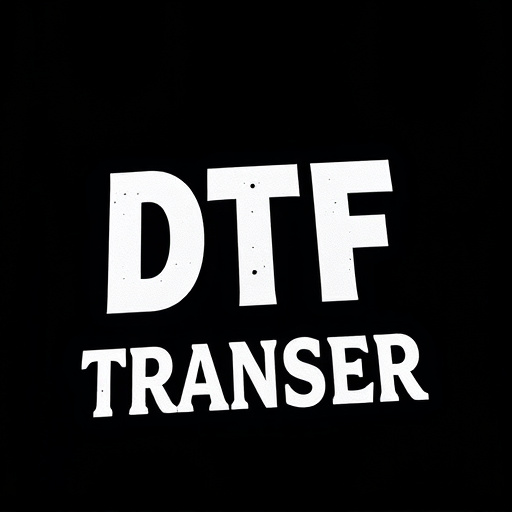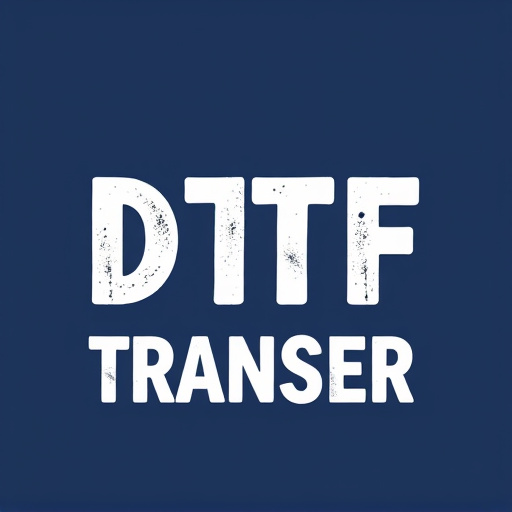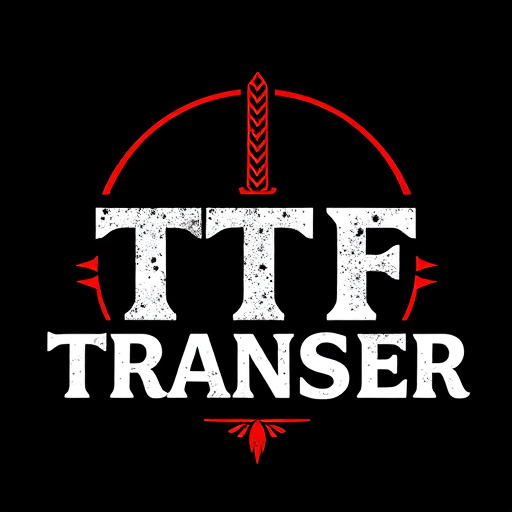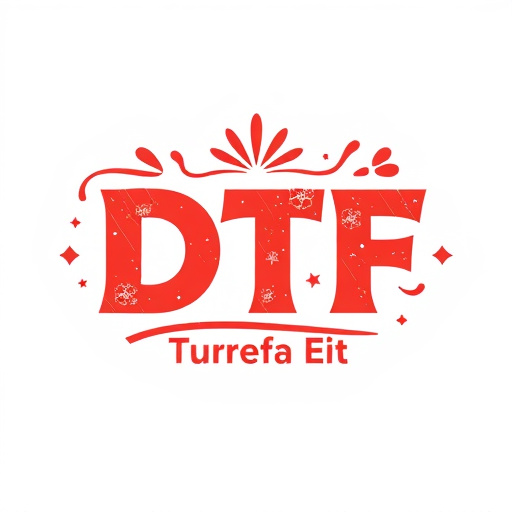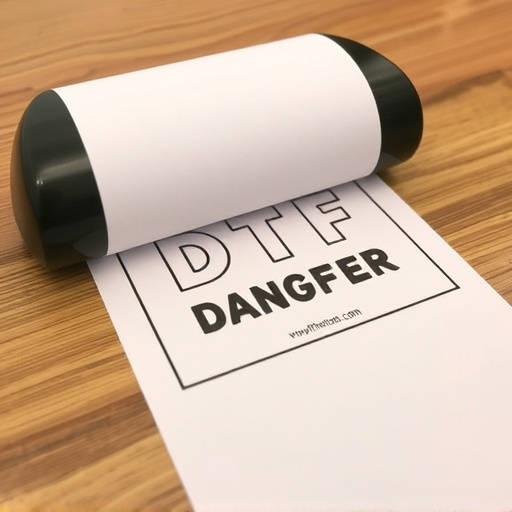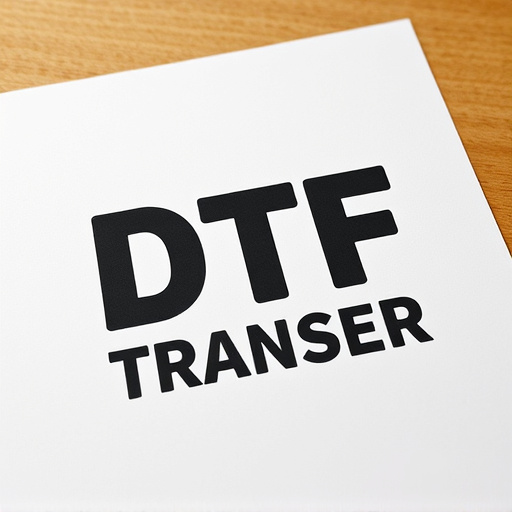Direct-to-film (DTF) transfers digitally capture and replicate film content onto physical stock, offering authentic analog experiences. This process demands meticulous precision in measurements to ensure optimal picture quality. DTF transfers are categorized by dimensional measurements, suitable for various applications from large-scale graphics to smaller rolls. The technique starts with exact frame dimensions, clean cutting, and material considerations to preserve visual fidelity. DTF offers speed and efficiency benefits, but requires skilled technicians and high-quality materials. Future trends in DTF technology aim to enhance accuracy and efficiency through laser scanning, 3D printing, smarter materials, AI, and machine learning.
Direct-to-film (DTF) transfers have revolutionized various industries by enabling precise, high-quality printing directly onto materials like metal, wood, and acrylic. This article delves into the intricacies of DTF transfers, focusing on dimensional measurements as a key differentiator. We’ll explore standard sizes, technical aspects, advantages across sectors, and future trends in this evolving technology, providing a comprehensive guide for understanding and leveraging DTF transfers effectively.
- Understanding Direct-to-Film (DTF) Transfers: A Basic Overview
- Dimensional Measurements in DTF Transfers: The Basics
- Categorizing DTF Transfers Based on Size: Standard Sizes and Applications
- Technical Aspects of Measuring and Cutting Film for DTF Transfers
- Advantages and Considerations of Using DTF Transfers in Various Industries
- Future Trends: Innovations in Dimensionally Accurate DTF Transfer Technologies
Understanding Direct-to-Film (DTF) Transfers: A Basic Overview
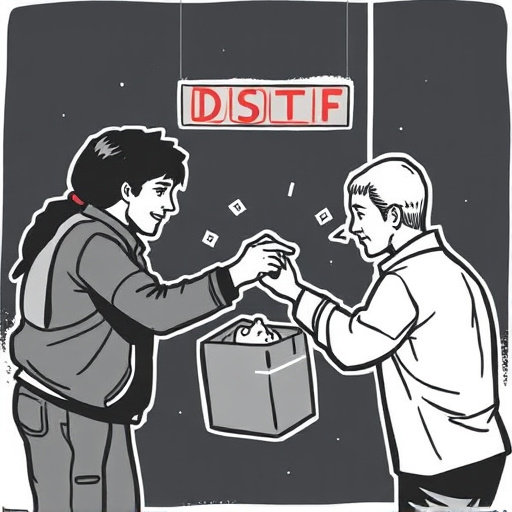
Direct-to-film (DTF) transfers are a cutting-edge process that involves digitally capturing and replicating an image or video directly onto physical film stock, offering a unique alternative to traditional digital printing methods. This innovative technique has gained traction among filmmakers, artists, and enthusiasts who seek authentic analog outcomes. The DTF Transfer process begins with digitizing the original content, often from 35mm or 16mm film, which is then converted into a high-resolution digital file.
Through specialized software, the digital image is carefully manipulated to match the desired characteristics of film, including grain structure, contrast, and color saturation. This meticulous process ensures that the final transfer accurately replicates the look and feel of traditional film photography. DTF transfers are favored for their ability to produce rich, tactile results, appealing to those who appreciate the aesthetic and historical significance of analog filmmaking.
Dimensional Measurements in DTF Transfers: The Basics

Direct-to-film (DTF) transfers involve capturing and reproducing images onto film stock, a process that relies heavily on precise dimensional measurements. These measurements ensure that the final print accurately represents the original source material, maintaining critical aspects like aspect ratio, resolution, and frame size. The primary dimensions to consider in DTF transfers include frame width, height, and, in some cases, frame rate.
Accurate measurement is crucial as it directly impacts picture quality. For instance, misalignment or incorrect framing can lead to distorted images, color shifts, or even missing content. Therefore, professionals in the field employ specialized equipment and techniques to gauge these dimensions precisely, aiming for pixel-perfect transfers that preserve the aesthetic and technical integrity of the original content.
Categorizing DTF Transfers Based on Size: Standard Sizes and Applications
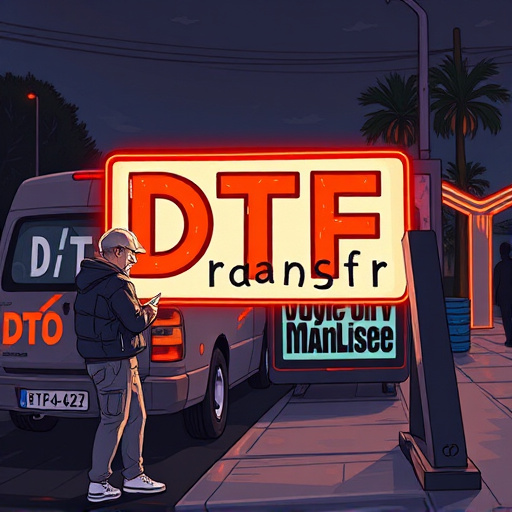
Direct-to-film (DTF) transfers are often categorized based on their dimensional measurements, which play a crucial role in determining their applications. Standard sizes typically range from wide format to roll-up banners, each with specific use cases. Wider formats, for instance, are ideal for outdoor advertisements and murals due to their ability to cover large areas effectively, while smaller rolls are more suitable for indoor signage and display purposes.
The choice of DTF Transfer size depends on the venue and purpose. For example, a vibrant, bustling event might require eye-catching, large-scale graphics, whereas a retail store could use smaller, more diverse rolls to showcase various products. Understanding these dimensions ensures that the chosen transfer meets the specific needs of any project or space.
Technical Aspects of Measuring and Cutting Film for DTF Transfers
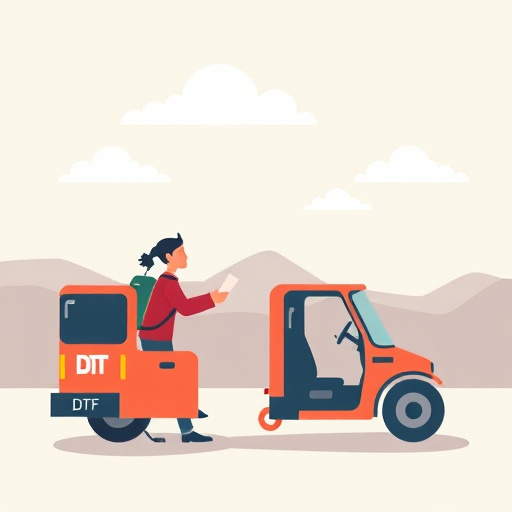
Direct-to-film (DTF) transfers require precise technical measures to ensure high-quality results. The process begins with accurately measuring the film, accounting for its dimensional stability and potential shrinkage over time. Professional technicians use specialized equipment to gauge the exact length and width of each frame, ensuring perfect alignment during the transfer process.
Cutting the film for DTF transfers is an art in itself. Technicians must carefully cut along the edges of each frame, maintaining clean lines to avoid damage or distortion. The cutting tools are meticulously calibrated to accommodate various film formats and sizes, enabling seamless integration with the destination medium, whether it’s a canvas, vinyl, or digital print. This meticulous attention to detail is crucial for preserving the original film’s integrity and visual fidelity in the final DTF transfer.
Advantages and Considerations of Using DTF Transfers in Various Industries
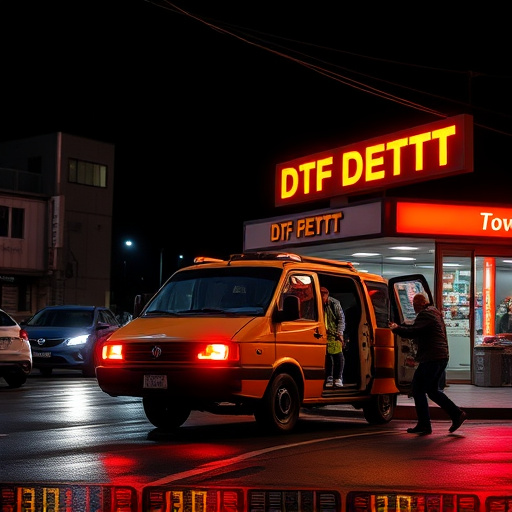
Direct-to-film (DTF) transfers offer numerous advantages across various industries. One of its key benefits is speed and efficiency; DTF eliminates the need for intermediate steps in the printing process, significantly reducing production time. This makes it ideal for industries requiring prompt turnaround, such as event marketing where personalized, on-site signage and displays are demanded. Additionally, DTF transfers can produce high-quality prints on a wide range of materials, from banners and posters to more intricate surfaces like wood, metal, and glass, making it versatile for diverse applications.
However, several considerations must be taken into account when using DTF transfers. The primary concern is the potential for color fading and degradation over time, especially when exposed to direct sunlight or harsh environmental conditions. Proper material selection and lamination can mitigate these issues but add to production costs. Furthermore, while DTF offers exceptional detail and clarity, file preparation and quality are critical; poor-quality files may result in subpar prints. Therefore, ensuring the right equipment, skilled technicians, and high-resolution source materials is essential for achieving optimal results with DTF transfers.
Future Trends: Innovations in Dimensionally Accurate DTF Transfer Technologies

As technology continues to evolve, future trends in direct-to-film (DTF) transfer technologies promise to bring even greater levels of dimensional accuracy and efficiency. Innovations such as advanced laser scanning and 3D printing techniques are revolutionizing the way films are transferred onto various surfaces, ensuring a seamless and precise reproduction of textures and details. These cutting-edge methods not only enhance the visual quality but also open up new possibilities for creating immersive experiences across multiple industries, from entertainment to architecture.
One of the key areas of focus is the development of smarter materials capable of maintaining their dimensional stability during the transfer process. Researchers are exploring novel composites and coatings that can adapt to different substrates while preserving the original film’s integrity. Additionally, the integration of artificial intelligence (AI) and machine learning algorithms is expected to play a pivotal role in optimizing DTF transfer processes. These technologies will enable more intricate designs, rapid prototyping, and personalized applications, making direct-to-film transfers an even more versatile and sought-after solution across diverse sectors.


